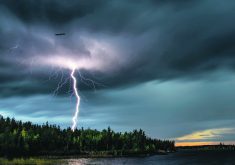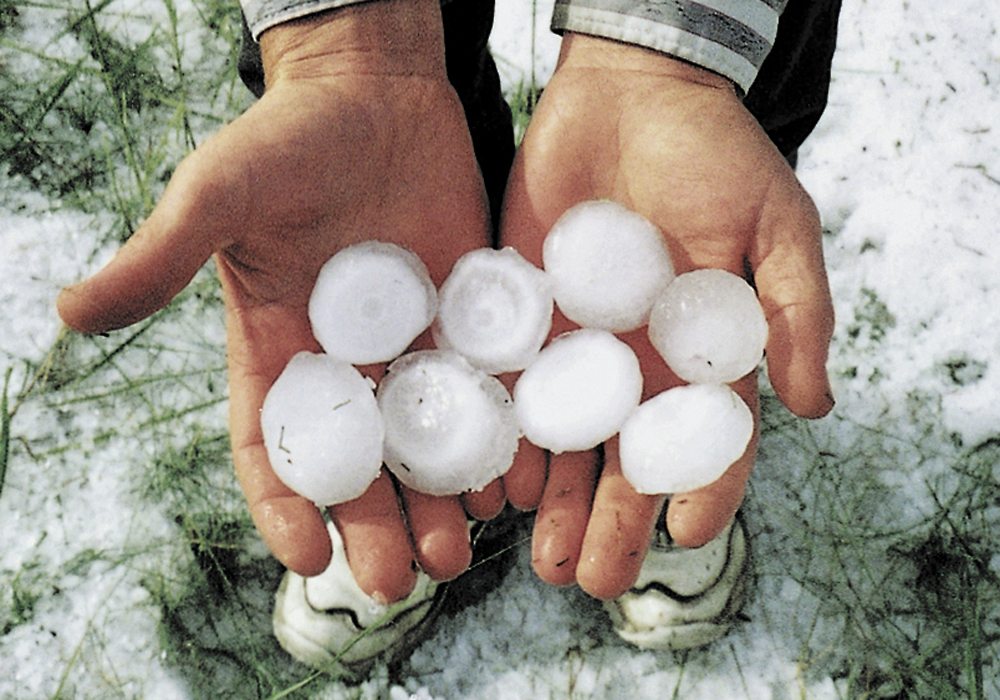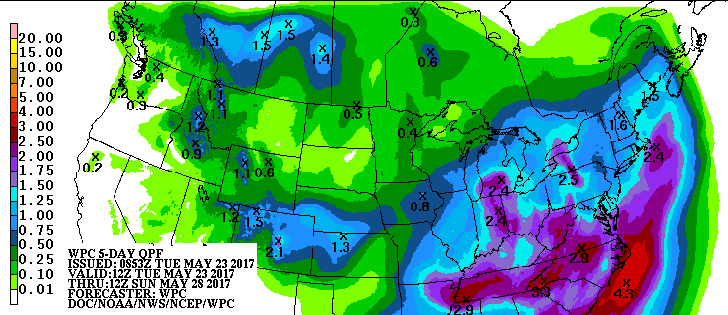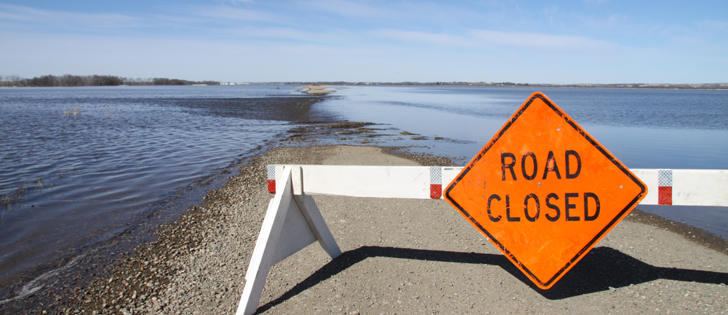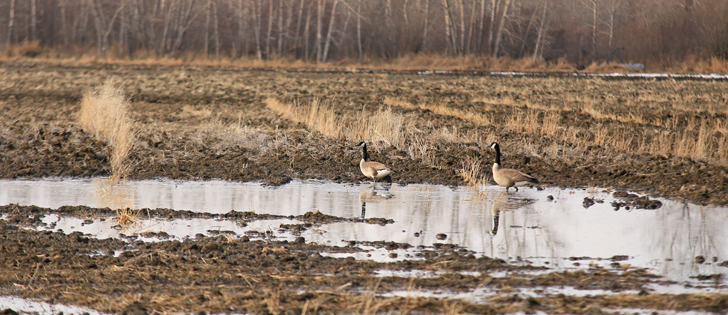The technology of climatology has made great advancements, but tools for measuring snow remain crude.
“We can put a man on the moon and we have super computers and satellites, but the good old-fashioned way that we’ve been measuring snow for eons of time is the same way, which is a bit sad,” said meteorologist David Phillips of Environment Canada.
“It’s probably the simplest of all measurements. All you do is stick a ruler in a cover of snow and you say how much snow fell from the last time you observed it..… We’re really fooling ourselves if we think we have accurate measurement of snow.”
Read Also

Agri-business and farms front and centre for Alberta’s Open Farm Days
Open Farm Days continues to enjoy success in its 14th year running, as Alberta farms and agri-businesses were showcased to increase awareness on how food gets to the dinner plate.
Phillips said a lot happens to snow when it falls, and therein lies the problem.
“It gets blown away. It melts and it compacts. If you took measurements of snow every hour for the next 24 hours, you’d have a humongous amount of snow, and yet we only measure it twice a day,” he said.
“We know that we underestimate snow because when you melt it all, you get more river water than you would have by measuring the amount of snow.”
However, he said Canada is one of the few countries that measures snow.
“Most countries are interested in the water content from snow. Most people are only interested in what they’re going to get out of the snow: water reservoirs, irrigation, hydro-electric dams, ski resorts,” he said.
“They don’t see it as anything but that.”
There are colder places in the world, but Canada is the snowiest country.
“We get 200 centimetres per year in Canada, and 39 percent of the Canadian total precipitation is snow,” said Phillips. “The world’s average is five percent.”
He said snow cover is one of the most important things in agriculture, but its value is not always understood.
Snowfall represents about one quarter of the annual average precipitation on the Prairies during the winter.
“It’s a very important component of our annual precipitation,” he said.
Moisture and insulation are the two vital factors in agriculture, said Allan Howard of Agriculture Canada’s National Agroclimate Information Service in Regina.
“Snow is a moisture reserve that is held largely until spring. Through snow melt, we not only recharge our streams but we generally recharge our soil moisture on the Prairies,” he said.
“Typically we run a moisture deficit in the Prairies, meaning that all the rainfall that occurs does not match or equal the amount of water that could be lost through evaporation.”
Howard said snow also protects what’s in the ground during winter.
“The snow acts as a blanket and insulates overwintering crops from the rapid changes in air temperature,” he said.
“This is particularly important for pastures and fall seeded crops such as winter wheat. It does reduce the risk of winterkill.”
Snow’s ability to insulate from extreme cold is also important for insects, said Owen Olfert of Agriculture Canada in Saskatoon.
“We have native insect pests that are really well adapted to North America because over the years they consider this home,” he said.
Other insects are considered invasive species.
“Quite often, depending on where on the Prairies you’re talking about, they sometimes aren’t quite as resilient with our winters as our native species,” he said. “Rarely do we get the situation where it’s that brutally cold without snowfall that these populations die right out. Mortality increases with increased cold temperature.”
As well, migratory insects are blown into the region during the spring and summer and usually cannot survive a prairie winter.
“They really don’t overwinter here,” Olfert said. “However, if it’s a very mild winter without severe frost, like this year, there is some potential for some of these migratory species to survive the winter.”
Phillips said warming temperatures and diminishing snow cover are concerns for the future.
“We’re seeing on the Prairies less snow now and in southern Canada than we used to,” he said.
Added Howard: “Certainly we need some snow and generally the more snow we get, the more moisture we get and the more snow we have the better insulation capacity we have. It’s important to have at least the average amount of snow that we get each year.”
When was the snowiest…
Day?
- In Alberta: June 29, 1963, Livingstone Ranger Station, 111.8 cm
- In Saskatchewan: Nov. 16, 1900, Indian Head, 88.9 cm
- In Manitoba: Nov. 18, 1906, Dauphin, 76.2 cm
Month?
- In Alberta: January, 1975, Columbia Ice Fields, 287 cm
- In Saskatchewan: March 1904, Estevan, 206 cm
- In Manitoba: March 1916, Morden, 158 cm
Year? (Sept. 1 to Aug. 31)
- In Alberta: 1973-74, Columbia Ice Fields, 1,066 cm
- In Saskatchewan:1955-56, Pelly, 368 cm
- In Manitoba: 1960-61, Brochet, 355 cm




